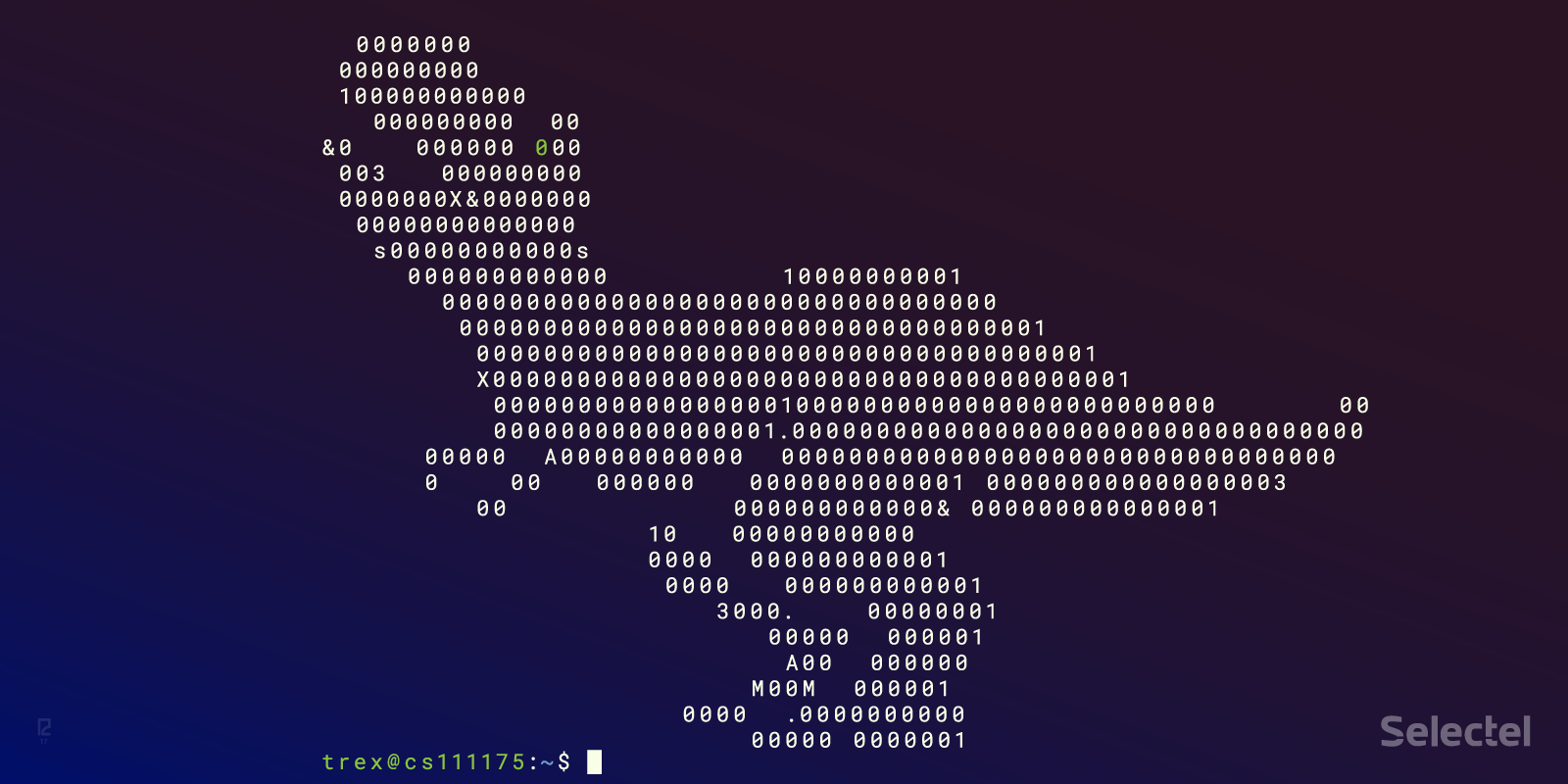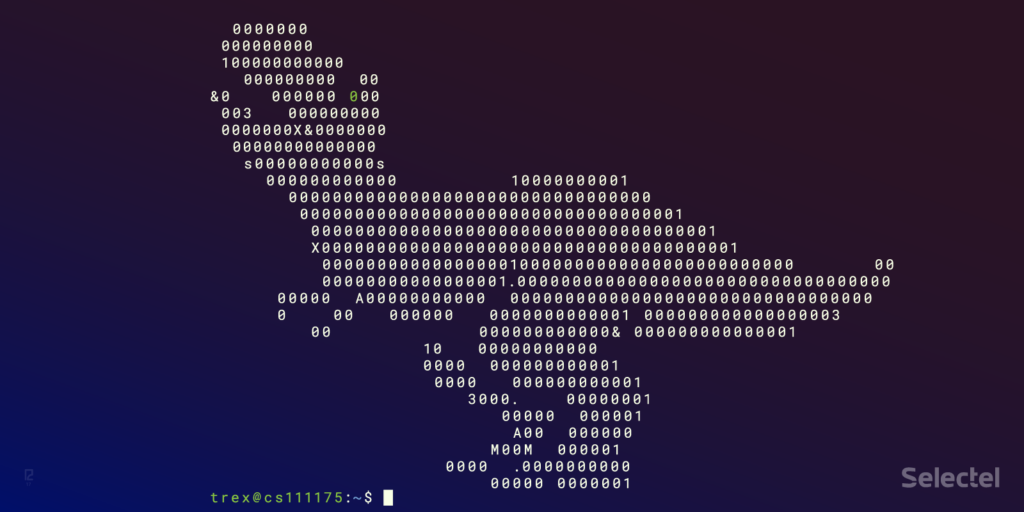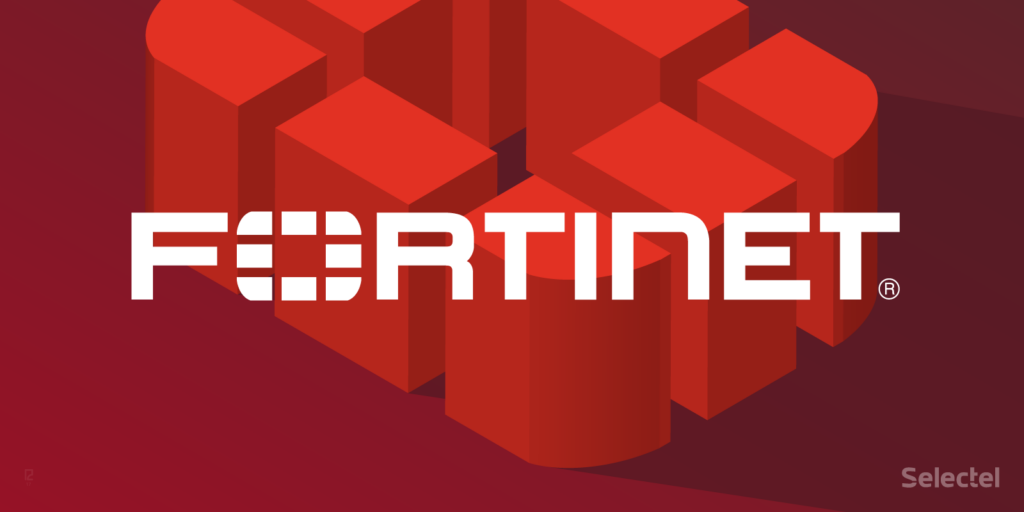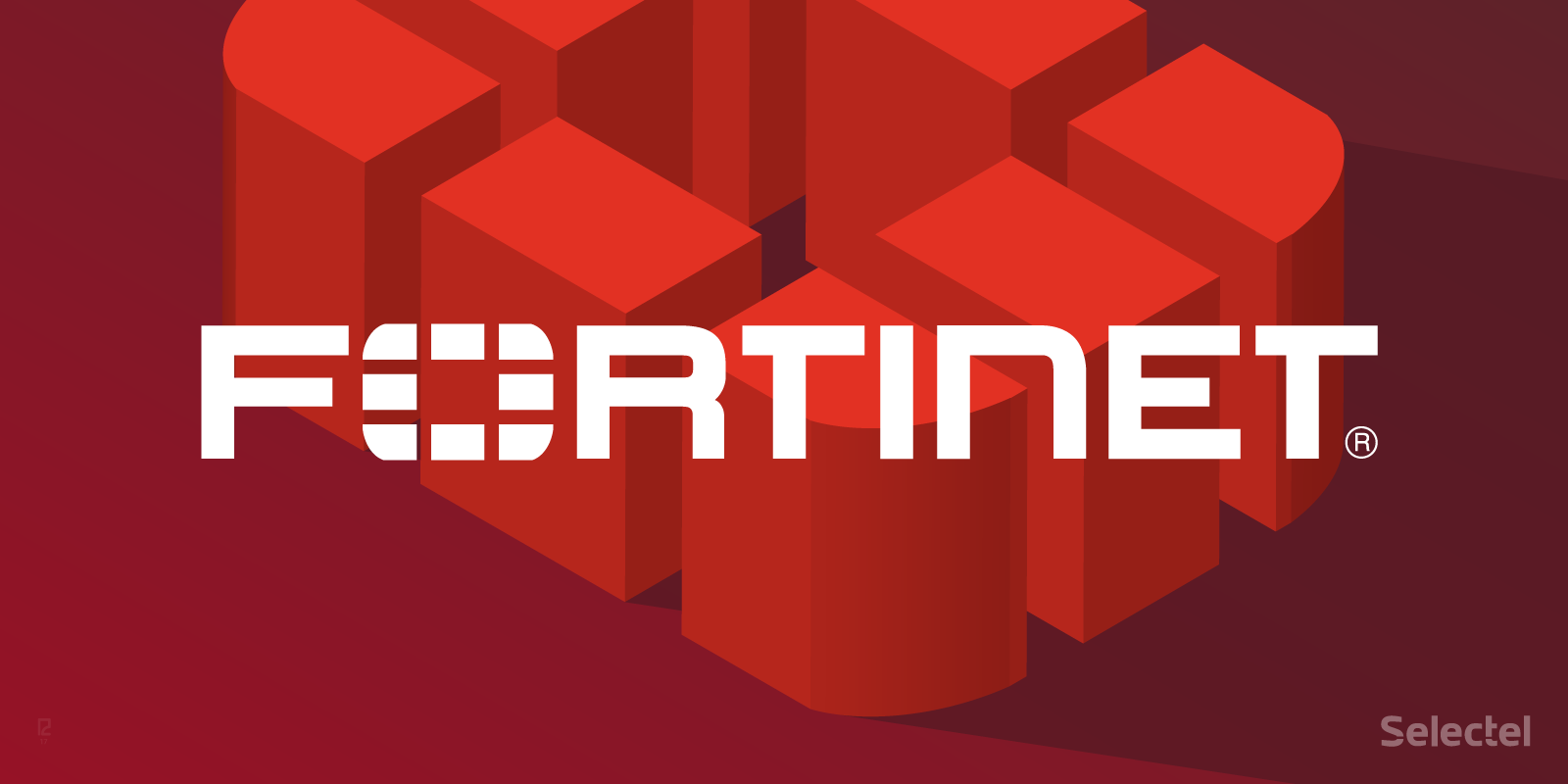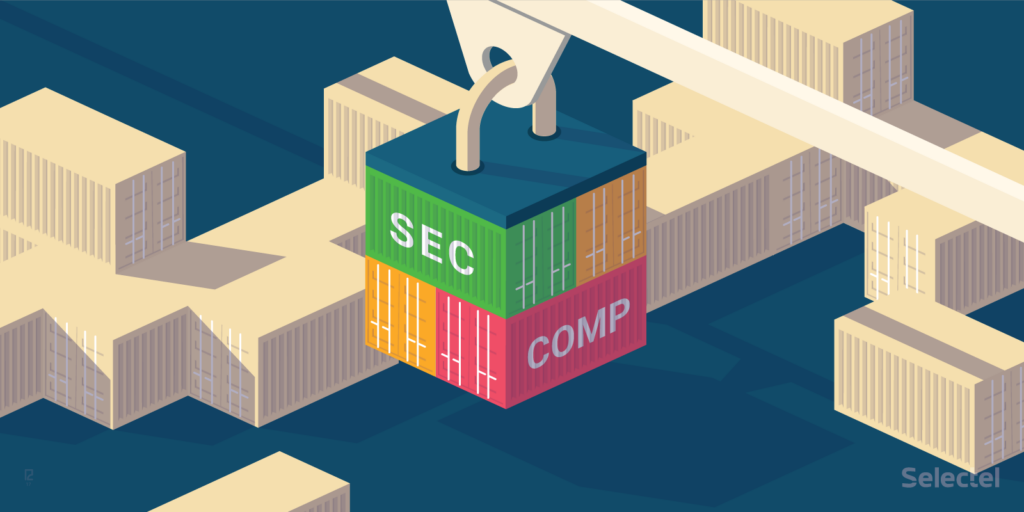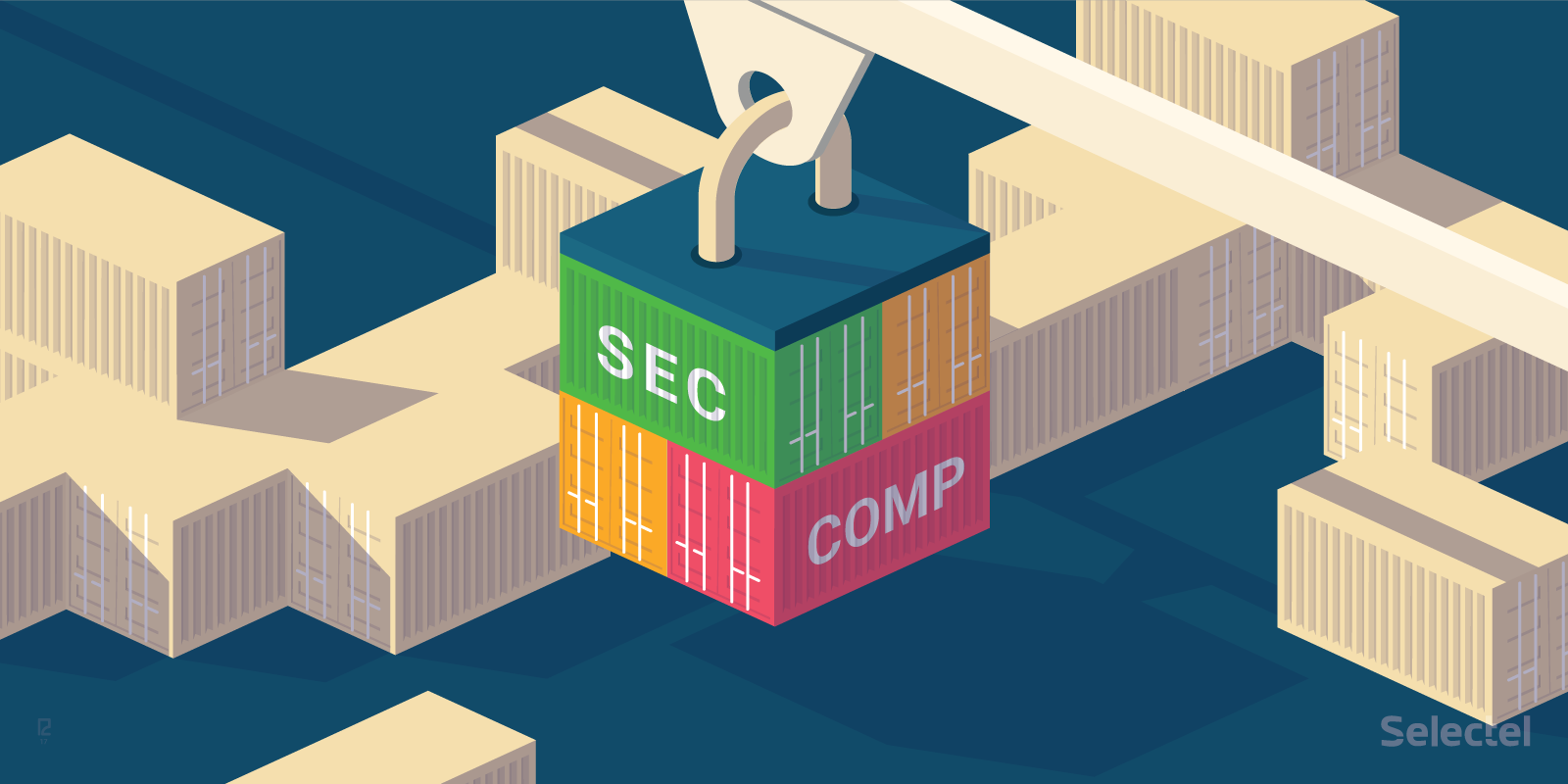
Every online service needs at least two things: the first is a working server that handles site requests; the second is an Internet connection that connects clients to the server. Here, bandwidth is a pivotal factor: the higher the reserve, the more stable the site. 1 Gbps, for example, is enough to handle sudden spikes in traffic—a typical consequence of a successful ad campaign.
If a client was looking for a faster connection, there were few options. Either they ordered the default plan, which included unlimited traffic and a 100 Mbps connection, and paid separately for additional bandwidth, or they could choose to pay for an expensive guaranteed 1 Gbps connection.
We’re happy to offer our clients another option that combines the best of both worlds: the price of the first option with the speed of the second. Read more
